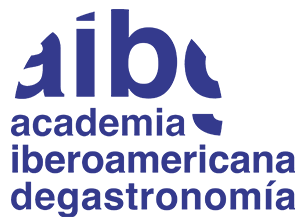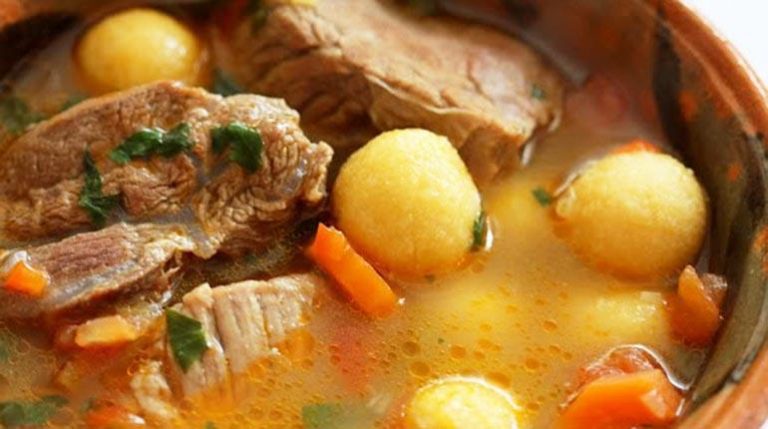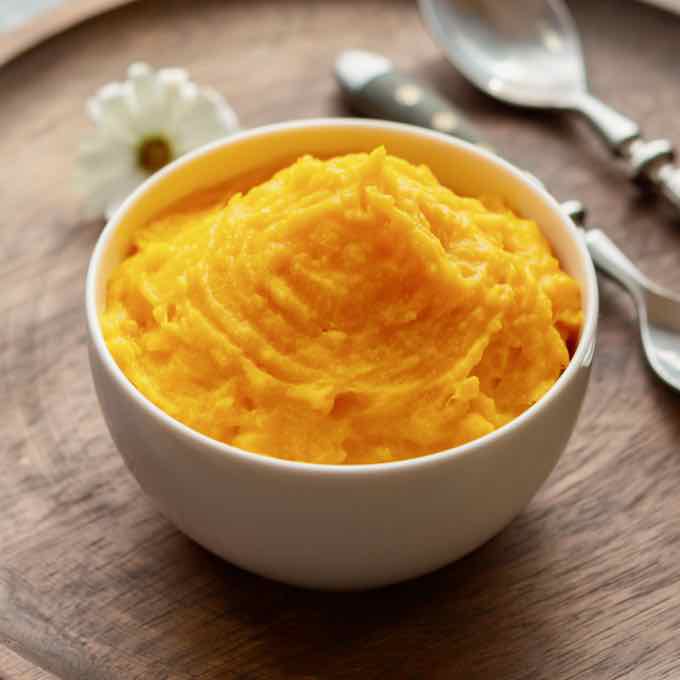La herencia y la tradición del pueblo nativo guaraní está presente en cada rincón de Paraguay, ubicado entre Argentina, Brasil y Bolivia.
En consecuencia, se trata de un país de interior, rico en cultura e historia, en el que viven más de siete millones de habitantes. Su capital, Asunción, está situada a las orillas del río Paraguay, que atraviesa el país de norte a sur, y entre su riqueza natural también se encuentra la Cordillera de los Altos, la Caverna Kambá Hópo o los Saltos del Monday.
Además del guaraní, las fiestas patronales y el ñandutí son algunos de los símbolos culturales más populares. Este último, por ejemplo, es una colorida forma de tejer con motivos circulares, geométricos o con formas de animales y su nombre hace referencia a la tela de araña.
Su gastronomía es una mezcla entre la tradición y la influencia internacional. Uno de los platos más conocidos es la curiosa sopa paraguaya, un bizcocho esponjoso y salado que se elabora con harina de maíz, huevos y cebolla. Para tomar, el muy consumido tereré, una forma de beber la yerba mate, sin olvidar la moringa, uno de los superalimentos de producción local.
The heritage and tradition of the native Guaraní people are present in every corner of Paraguay. Between Argentina, Brazil and Bolivia there is this inland country. It is rich in culture and history, and there are more than seven million inhabitants live. Its capital, Asunción, is located on the banks of the Paraguay River, which runs through the country from north to south. Among its natural wealth is also the Cordillera de Los Altos, the Kambá Hópo Cavern, or the Monday Falls.
In addition to the guaraní culture, the patron saint festivals and the ñandutí are some of the most popular cultural symbols. Its patron saint festivals, in which religious and pagan activities are carried out, are celebrated individually in each community with the aim of venerating the patrons. The ñandutí is a colorful way of weaving: it is a needle lace that is woven with circular, geometric, or animal-shaped motifs. Its name refers to the spider web.
Currently, its gastronomy is a mix between traditional gastronomy and international influences. One of the typical foods is the Paraguayan soup, which is not a soup as it is known in Spain: it is a spongy and salty sponge cake that is made with cornmeal, eggs, and onion. Ter-eré, a way of drinking yerba mate, is the most popular formula to make it in the country. It is a very common cold or iced mate in social gatherings.
Recetas
Restaurantes
Con la colaboración institucional




